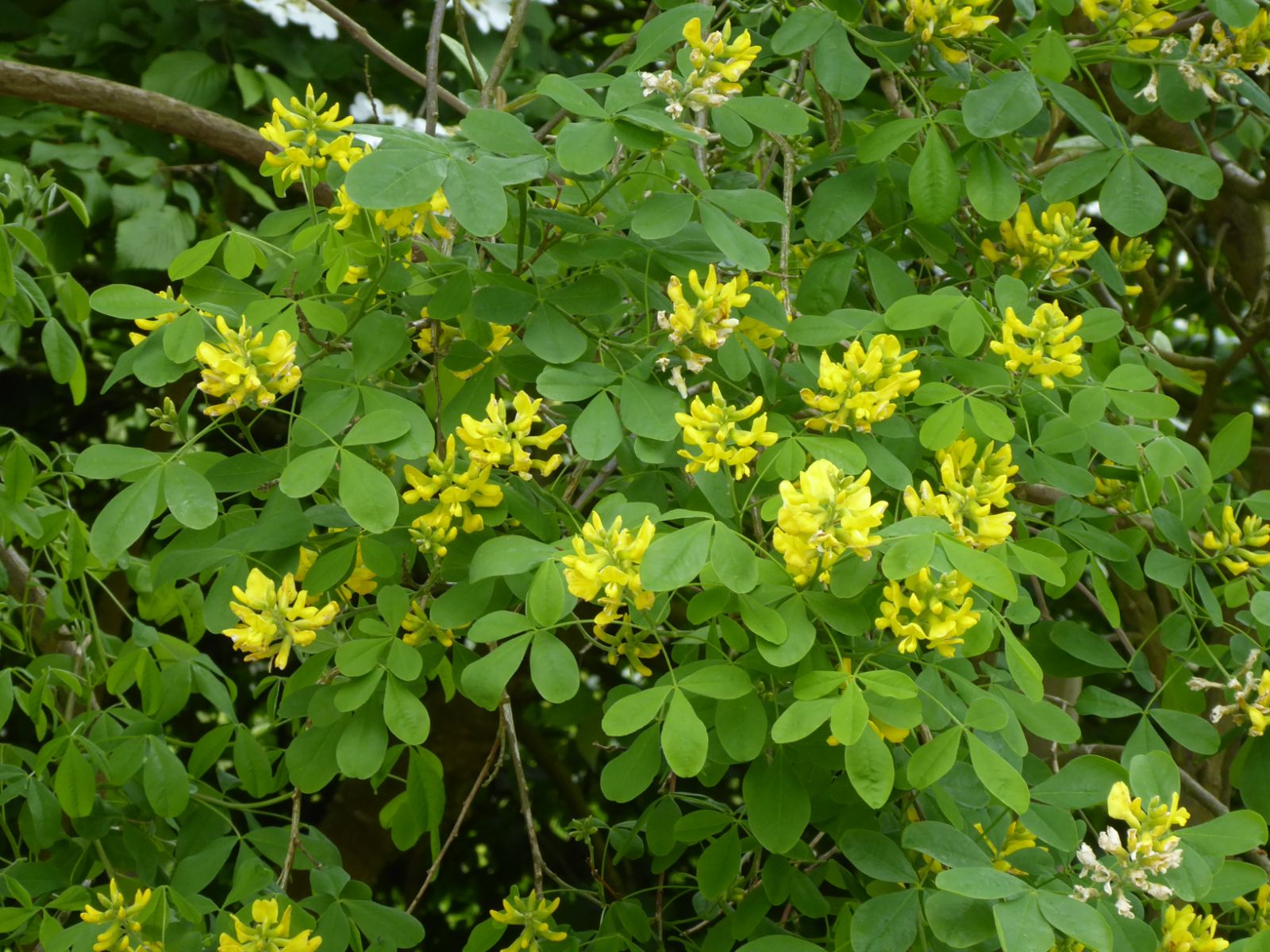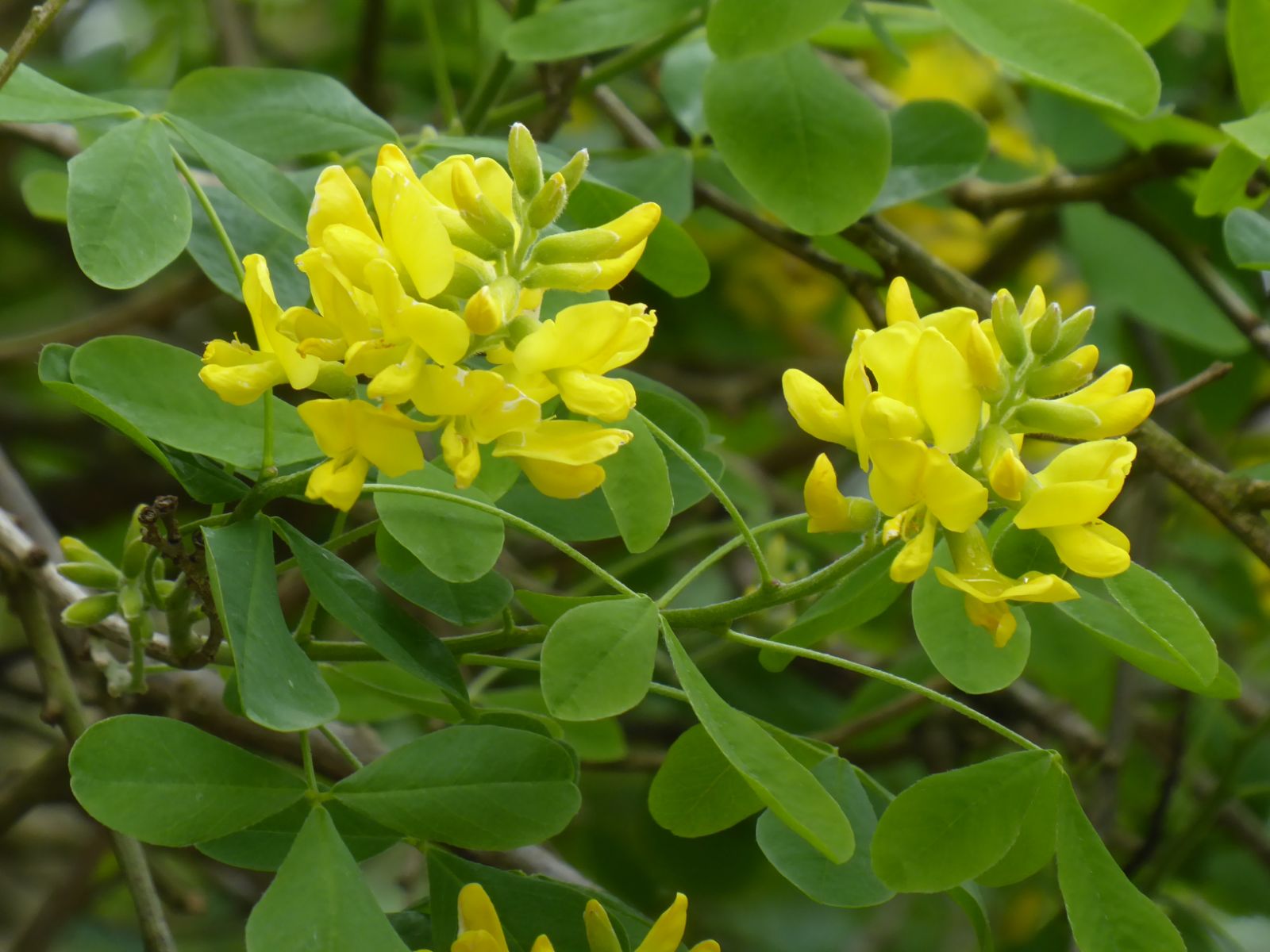Petteria ramentacea
Credits
Article from Bean's Trees and Shrubs Hardy in the British Isles
Recommended citation
'Petteria ramentacea' from the website Trees and Shrubs Online (treesandshrubsonline.
Other taxa in genus
A deciduous, tree-like shrub of sturdy habit, 6 or 8 ft high. Leaves trifoliolate, with a slender stalk 1 to 11⁄2 in. long; leaflets oval or obovate, very shortly stalked, 1 to 2 in. long, half as much wide, rounded at the apex, glabrous, entire. Racemes terminating short twigs of the year, erect, 11⁄2 to 3 in. long; flower-stalks short, hairy. Flowers fragrant, densely arranged, yellow, 3⁄4 in. long, resembling those of a broom; calyx tubular, downy; standard petal erect. Seed-pod 11⁄2 to 2 in. long, pointed at the end, dark brown when ripe, containing five or seven seeds.
A native of W. Yugloslavia from the region of Split southwards, mainly near the coast but extending inland into Hercegovina and Montenegro; also of northern and central Albania. It can be seen growing on the sides of the beautiful road that climbs from Kotor to Cetinje, the old capital of Montenegro. It was introduced in 1837 but is not common. It is perfectly hardy and flowers regularly in May and June, and ripens seeds which (like those of Laburnum) are poisonous.



